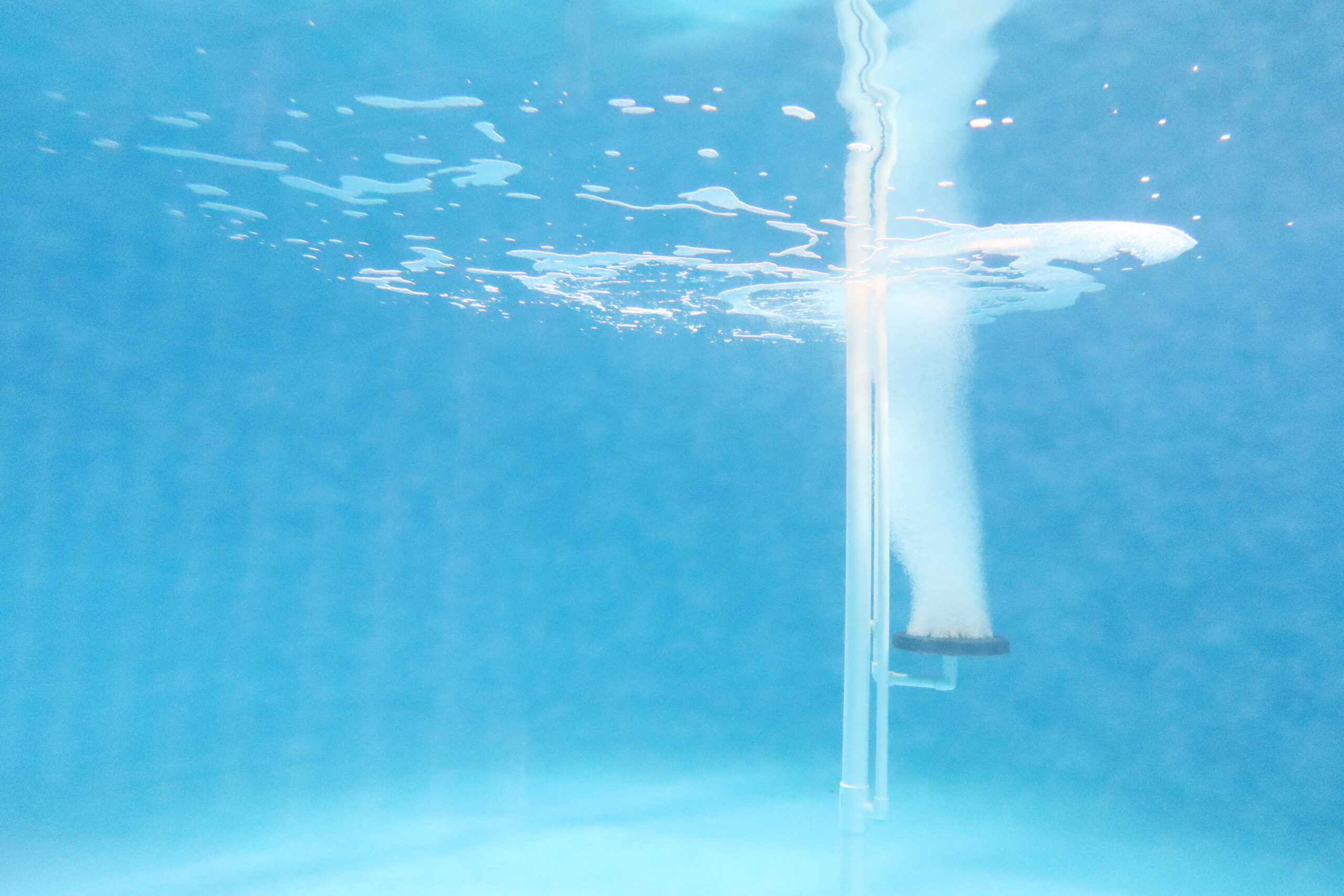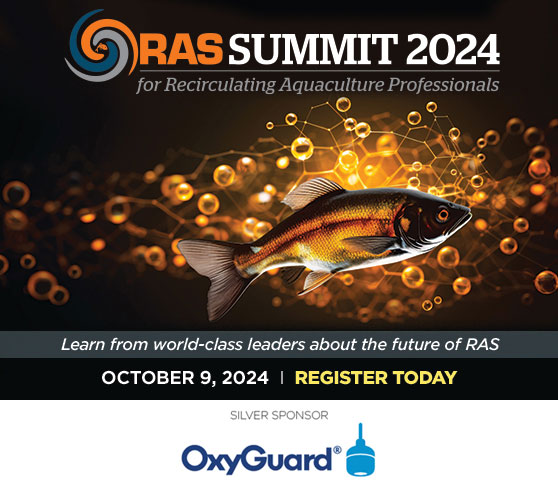| |
| |
 |
 |
| |
 |
|
@{mv_date_MMM d, yyyy}@ |
| |
|
| |
In RAS, ozone reduces bacterial load, nitrite, ammonia, suspended solids, and yellow substances. Are there risks to using ozone? Find out in this themed newsletter.
- Seyitan Moritiwon, Associate editor
|
|
| |
|
| |
Ozone (O3) is regarded as a powerful oxidant due to its highly unstable nature. This oxidising potential provides potent O3-related germicidal functions, making it an effective well-known strategy for water disinfection.
» Read More...
In salmon farming, there is an increasing trend to utilize recirculating aquaculture systems (RAS). While some producers have integrated these systems into their broader operations to establish larger, more robust smolt for grow-out in sea cages, others are using them for the entire production cycle – from egg to harvest.
» Read More...
|
| |
|
| |
 Disinfection is a standard water treatment that reduces the pathogen load before grow-out begins. Effective treatment options include UV, ozone and chlorine. They all work by degrading DNA non-selectively, which means the treatment kills off both good and bad microbes. Ozone, in particular, is very powerful.
» Read More...
Disinfection is a standard water treatment that reduces the pathogen load before grow-out begins. Effective treatment options include UV, ozone and chlorine. They all work by degrading DNA non-selectively, which means the treatment kills off both good and bad microbes. Ozone, in particular, is very powerful.
» Read More... |
| |
 Even the most well-maintained and managed RAS will have deviations from normal operating conditions. A robust system design that includes back-up and emergency life support equipment can mitigate risks. However, alarming features that quickly alert staff to a potential issue are critical to return a RAS to normal operating conditions as quickly as possible.
» Read more
Even the most well-maintained and managed RAS will have deviations from normal operating conditions. A robust system design that includes back-up and emergency life support equipment can mitigate risks. However, alarming features that quickly alert staff to a potential issue are critical to return a RAS to normal operating conditions as quickly as possible.
» Read more |
| |
| |
|
| |

|
| |
|
| |
|
|
| |
| |





